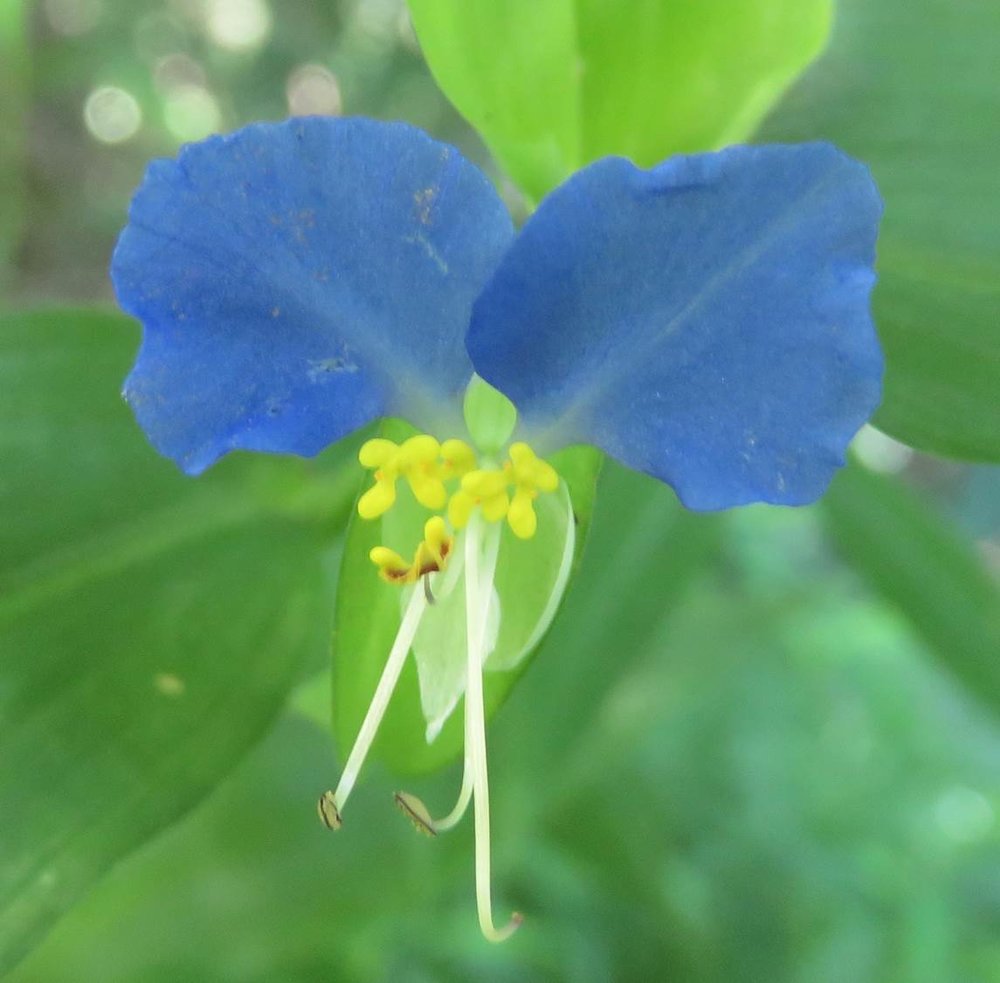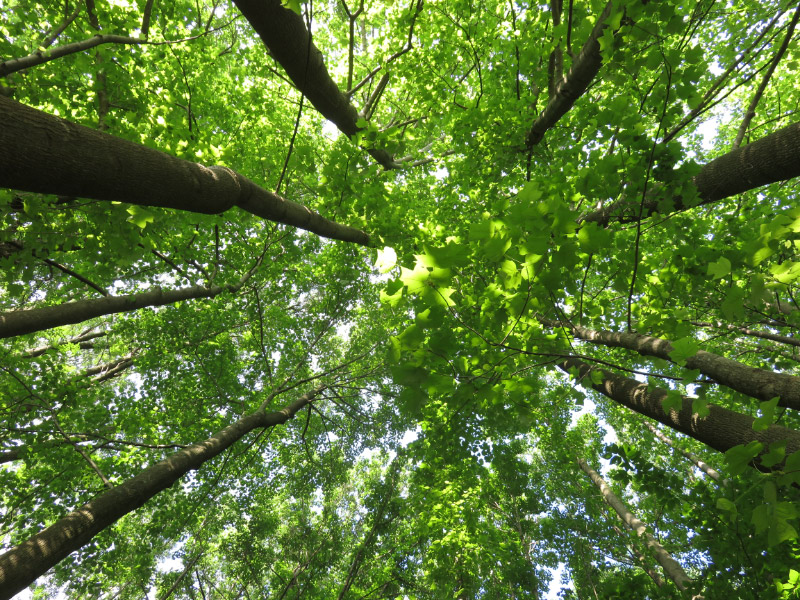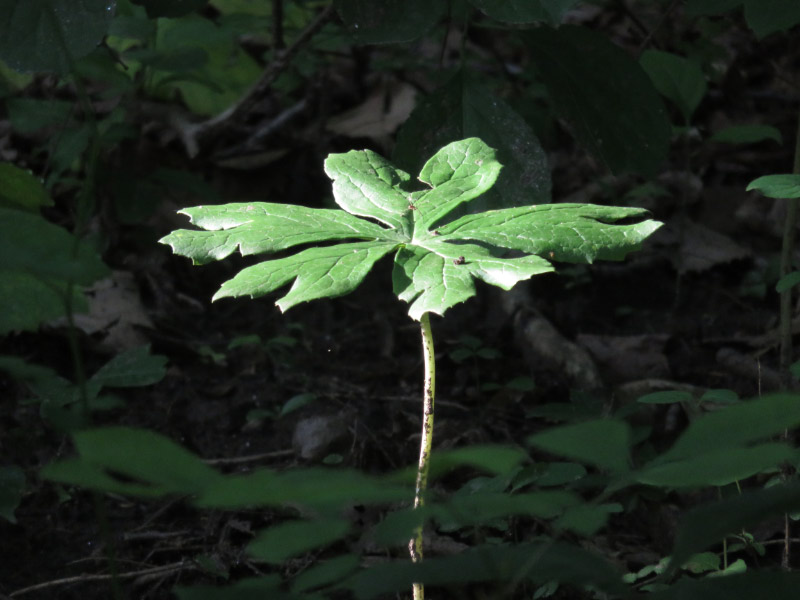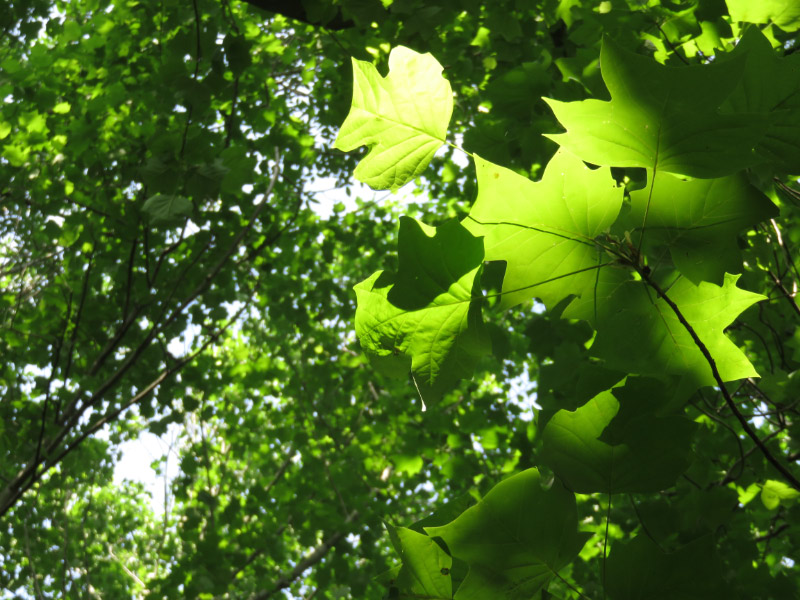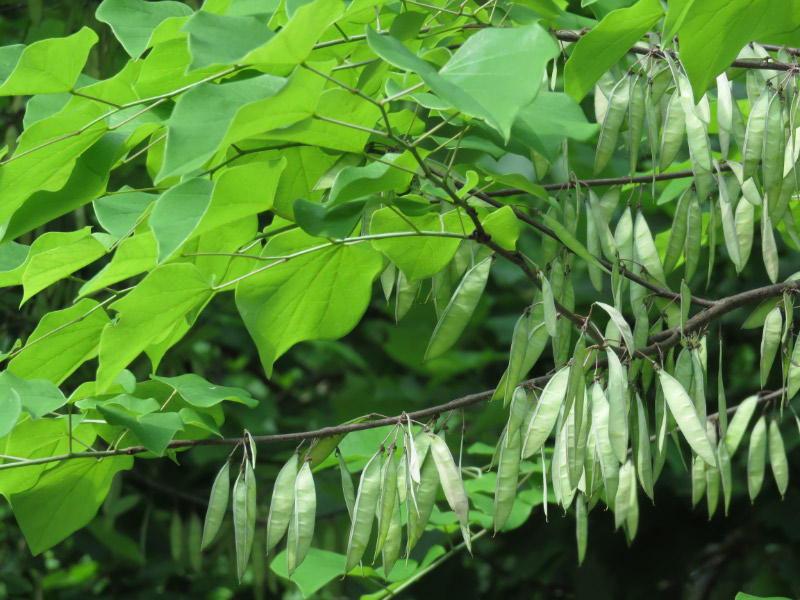Fall Yard Work
/ There are a lot of fall yard chores! I’ve been trying to do a little on every sunny day recently.
There are a lot of fall yard chores! I’ve been trying to do a little on every sunny day recently.
Raking leaves always takes a lot more energy than I remember. Our trees are 20+ years old and big enough to have a lot of leaves….too many to leave on the grass since there are enough of them to form thick mats and kill the grass. Actually – the raking is easier than carting them back to the forest where they can decay into thick mulch on the forest floor. The yard crews use high powered mowers to blow them into piles and into the forest but the noise is overwhelming; for me it negates the pleasure of being outdoors on an autumn day…so I rake.
 Cleaning up the deck takes some time too. This year, I am cutting the dried summer stalks and transplanting day lily bulbs (taking them from the beds where the deer always find the buds before they can bloom) into pots and planting native flower seeds (False Indigo and Joe-Pye Weed) that require overwintering before they can sprout. Our deck should attract even more butterflies and hummingbirds next summer! I’ve also harvested the celery stems and leaves that rooted last spring from the base of purchased (organic) celery. I’ve already enjoyed them in soup!
Cleaning up the deck takes some time too. This year, I am cutting the dried summer stalks and transplanting day lily bulbs (taking them from the beds where the deer always find the buds before they can bloom) into pots and planting native flower seeds (False Indigo and Joe-Pye Weed) that require overwintering before they can sprout. Our deck should attract even more butterflies and hummingbirds next summer! I’ve also harvested the celery stems and leaves that rooted last spring from the base of purchased (organic) celery. I’ve already enjoyed them in soup!
My husband will do a final mowing of the yard sometime this week to mulch the leaves still on the yard…and we’ll declare the fall yard work ‘done’ – ready for winter.

